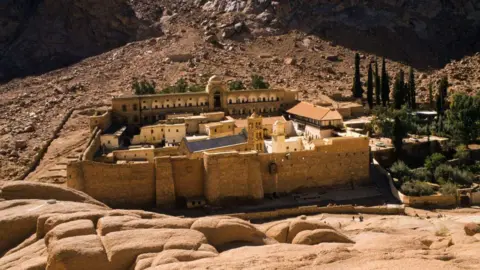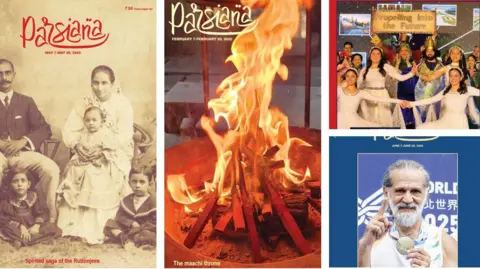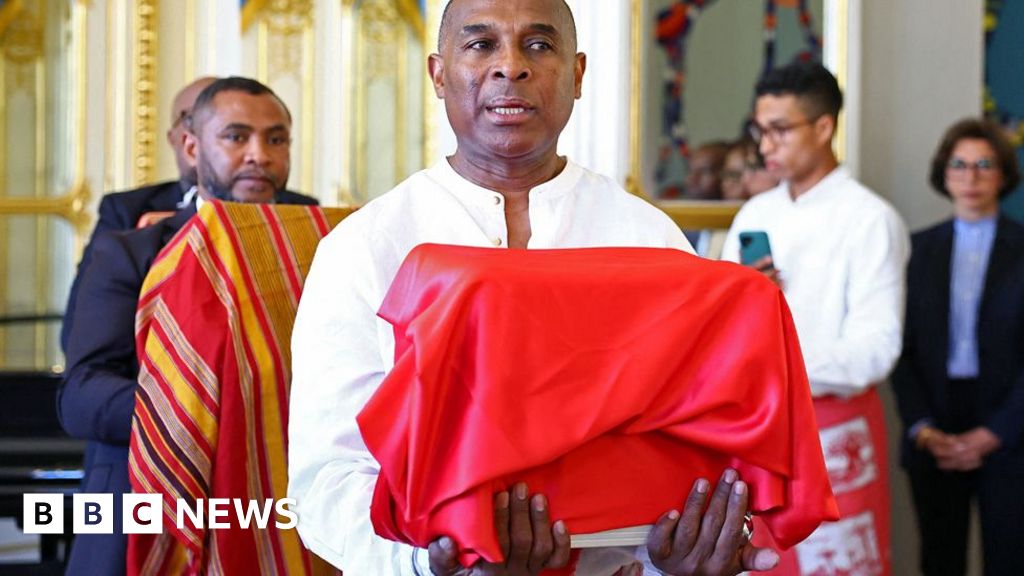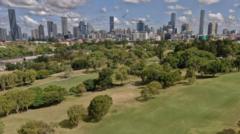Tucked away in Mumbai's southern streets, the Framji Dadabhoy Alpaiwalla Museum stands as a testament to the ancient Zoroastrian faith and the cultural heritage of the Parsi community, which has dwindled to about 50,000-60,000 members in India. These immigrants, who escaped persecution from Islamic rulers many centuries ago, have contributed significantly to India's economy and culture, yet remain largely unknown to the general populace.
Curator Kerman Fatakia emphasizes that the museum aims to illuminate the obscured narratives surrounding the Parsi community through its carefully curated historical collections. The exhibits feature a diverse array of artifacts, including the scrutinously preserved cuneiform bricks, terracotta pots, and ancient coins arriving from iconic ancient civilizations like Babylon and Mesopotamia, dating back to 4000-5000 BCE.
Among its treasures is the replica of the Cyrus Cylinder, attributed to Cyrus the Great of the Achaemenid Empire, often heralded as the world's first declaration of human rights. This ancient relic’s inscription provides critical insights into Cyrus’s governance of Babylon and serves as a historic link connecting contemporary relevance to the community's ancient roots.
Maps illustrating the perilous migrations of Zoroastrians to India from the 8th to 10th centuries provide a poignant backdrop to the journey of survival and resilience faced by the community. Artefacts display not only the heritage of Parsis who prospered through opulent trade in tea, silk, and cotton with China but also reveal the influence of global trade on Parsi sartorial styles, seen in their exquisite traditional sarees.
Additionally, the museum features replicas of the Tower of Silence and a fire temple—a must-see for the rarity of these sacred spaces typically restricted from non-Parsis. The life-size shrine rendition offers a glimpse into the architectural and spiritual significance of the Parsi faith, while the Tower elucidates their unique funeral practices resonating with environmental sensibility.
Originally established in 1952, the Alpaiwalla Museum has undergone recent renovations, enhancing its capacity to educate visitors with modern exhibit styles attracting local and international tourists alike. Fatakia proudly articulates the museum's mission as one of historical preservation and cultural sharing, echoing the importance of acknowledging and educating about the Parsi community in India’s narrative.
This small yet impactful institution invites all to discover the legacy of the Parsis, fostering understanding and dialogue surrounding this unique and ancient community amid the ever-evolving landscape of modern India.



















